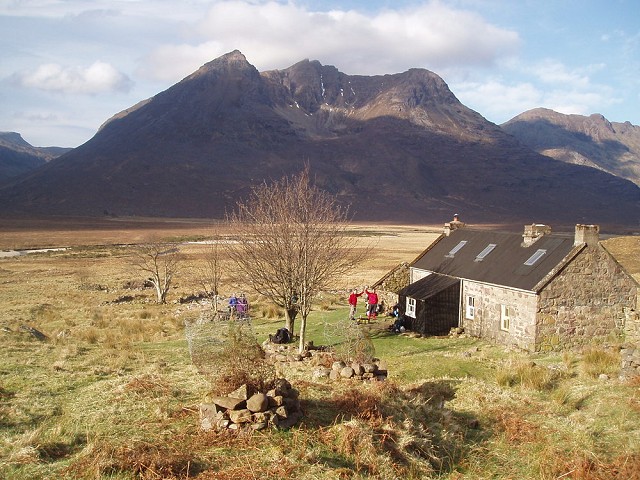
According to a report released this week, volunteers carried out more than 1200 days of work to renovate bothies last year, and £50K was spent on materials.
The 2012 Annual Review of the Mountain Bothies Association (MBA) shows there has been no let-up in the amount of work undertaken by volunteers to renovate and maintain unlocked shelters in the British hills.
Three new buildings were adopted during the year in areas as diverse as Jura and Mid Wales (though two others were handed back to their owners - Glenbeg in north-west Scotland and Kielderhead in northern England). Two other well-known Scottish bothies received major refurbishment, and improvements were made to many more.
Presenting the Report, Association Chairman John Arnott said:
'2012 was a very successful year for the Association. We took on new buildings at Dryfehead in the Scottish Borders, Cruib on the Island of Jura, and Lluest Cwm Bach in the Elan Valley in Wales. Following major renovation work, Cruib is now available for use, while work continues on the other two new buildings.'
The Hutchison Memorial Hut in the Cairngorms was given a complete refurbishment last year (see a UKH article about it here), while the classic and much-used Shenavall also underwent some major improvement work.
'In all, we spent some £50k on materials, equipment and other expenses for our work parties' said John Arnott.
'This level of expenditure demonstrates the commitment of members to spend their own time in preparation and planning for a project. It also shows the enthusiasm of our volunteers who participate in the work in all weathers.'
'We recorded a total of 1,224 days of volunteer work for the year- a magnificent effort.'
'Once again, I would like to record our appreciation for the support of the owners of the buildings that we maintain and their managers and staff. They cooperate with our maintenance work, assist with the delivery of materials to remote locations, help us in many other ways and of course they permit the buildings to be used as unlocked shelters.'





Comments